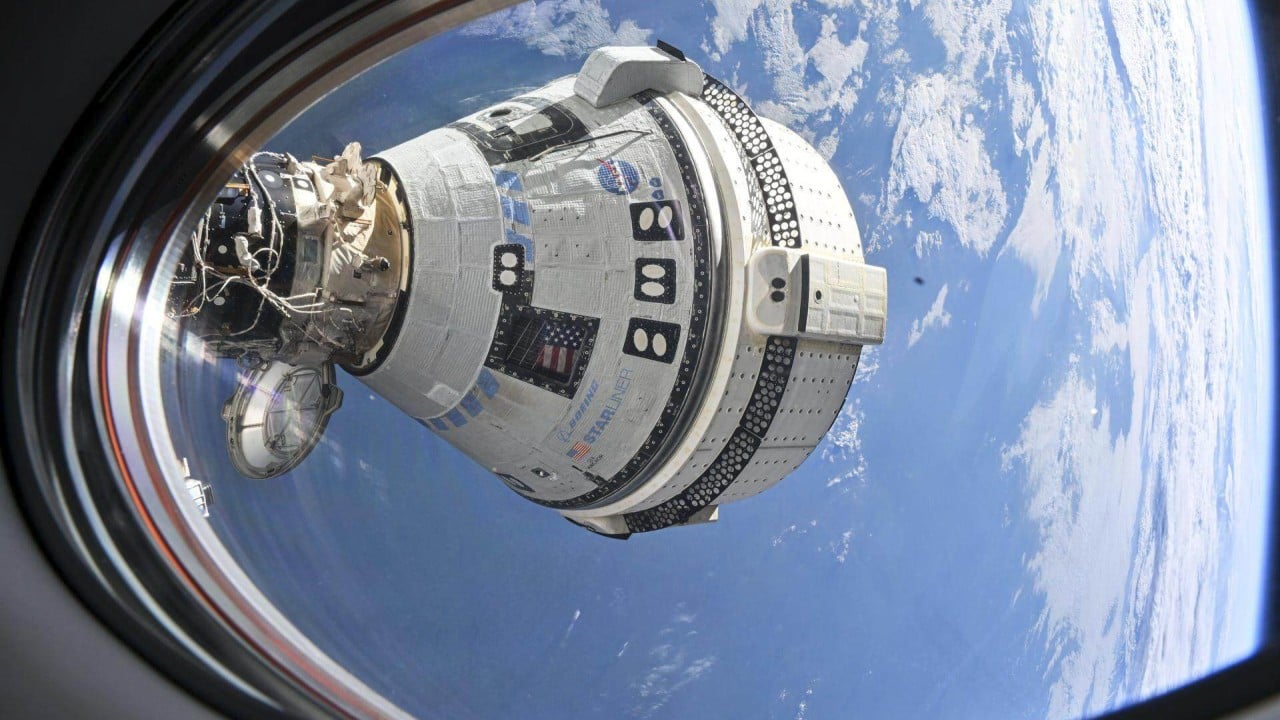In an ironic twist of cosmic problem-solving, Chinese researchers have transformed a lingering Nasa headache – the stranded Boeing Starliner astronauts – into a revolutionary propulsion breakthrough that could redefine modern warfare and space travel.
Advertisement
The two Nasa astronauts have been marooned at the International Space Station since June last year after multiple helium leaks incapacitated the thruster systems of their spacecraft – Boeing’s troubled Starliner capsule.
As a result, helium, the ultralight gas used to pressurise liquid rocket fuel, has become an emblem of engineering frailty.
Now, Chinese scientists report they have harnessed that very flaw to achieve what Pentagon planners have long sought: a solid-fuel rocket capable of tripling its thrust on demand while chilling its exhaust to near-ambient temperatures, rendering it almost invisible to infrared sensors.
In a study published in Acta Aeronautica et Astronautica Sinica this month, the team led by aerospace researcher Yang Zenan, from Harbin Engineering University, detailed how injecting helium into traditional solid rocket motors via micron-scale pores triggers a thrust surge.
Advertisement
Helium does not burn, but optimal ratios of helium to combustion gas (1:4) boosted the specific impulse by 5.77 per cent, enabling thrust levels to soar 300 per cent through adjustable injection, Yang and his colleagues wrote.
The cold helium gas also helps take thermal stealth to a whole new level. Exhaust plumes cooled by 1,327 degrees Celsius (2,420 Fahrenheit) can technically evade detection by almost any infrared missile-warning satellites, computer simulation suggests.

